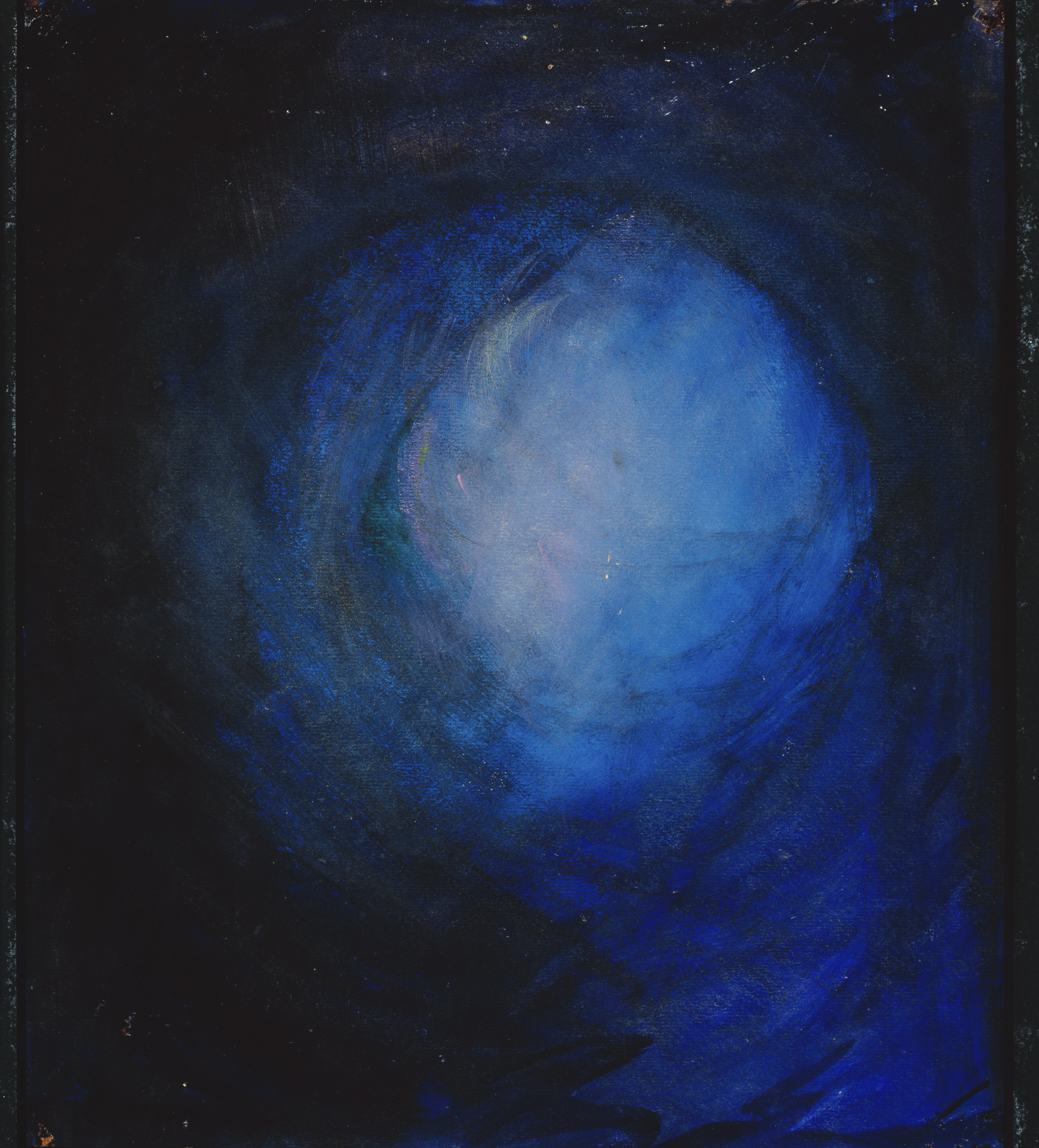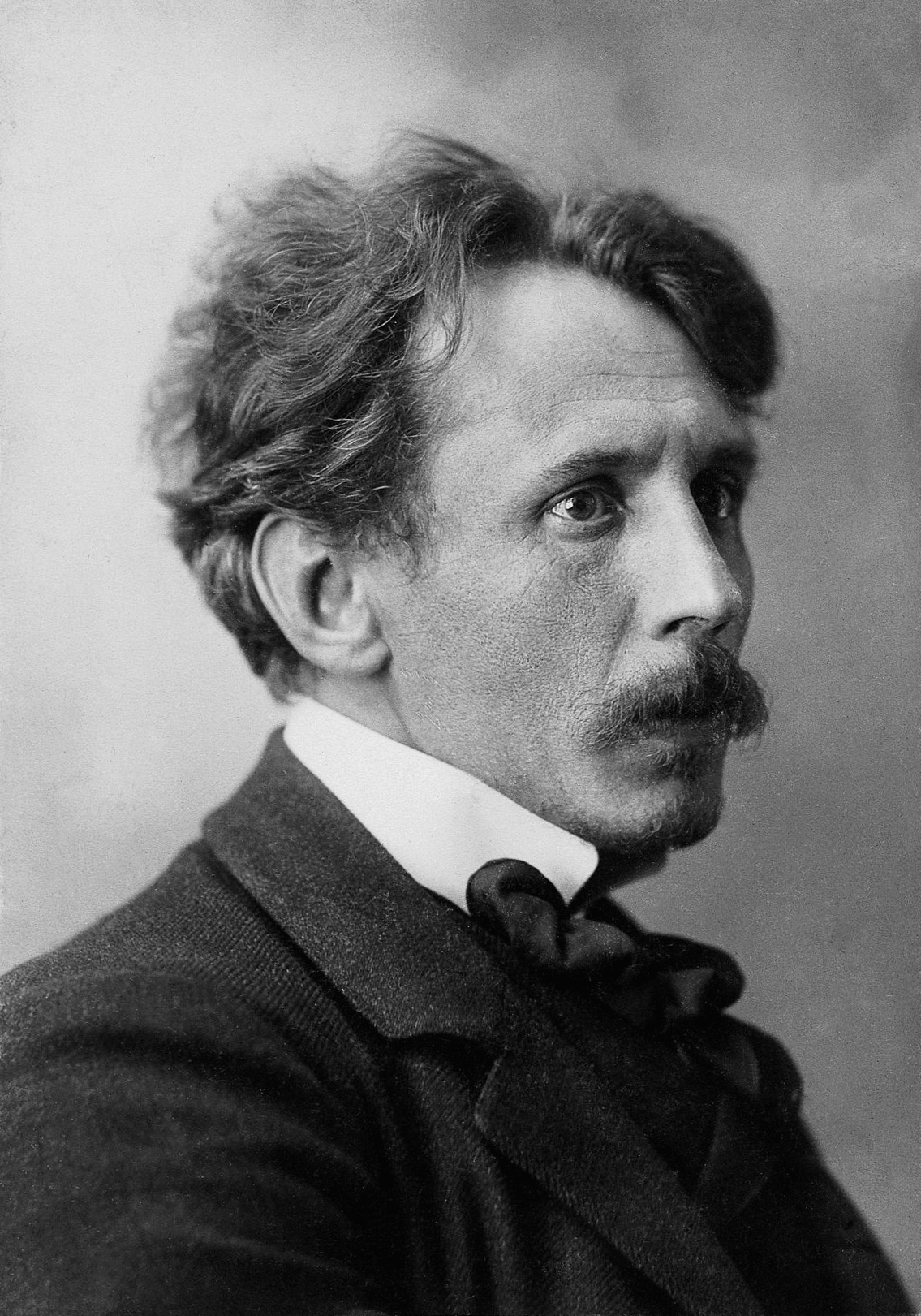Today’s painting comes from the mind of Mikalojus Konstantinas Čiurlionis, a Lithuanian Symbolist painter. The painting is the second part from the 13-painting Creation of the World cycle. Inspired by the artist’s study of theosophy, mythology, and religion, together with his interest and knowledge of the latest inventions and discoveries, the cycle describes his own vision of the Cosmos.
The painting is from the cosmic part of the cycle, dealing with the formation of the planets. The prominent blue shade showcases how from the dark and empty space a planet and its satellite forms. While Čiurlionis could rely mostly on his imagination, his interest in science led him in the way of at least some scientific accuracy. Čiurlionis was inspired by Immanuel Kant‘s writings in which he stated that the stars form from gases—a theory now known to be correct. It might sound surprising, but if we look at Hubble or Webb telescope images today, we see the same shade of blue that Čiurlionis used among the forming star complexes.
The artist had hoped to paint the series throughout his lifetime and dedicate 100 paintings to the theme, but in the end he produced only 13. In 2025, we mark the 150th year since the birth of M. K. Čiurlionis. To celebrate his grand anniversary, the M. K. Čiurlionis National Museum of Art invites us to take a closer look at his paintings together with like-minded visionary contemporaries and modern artists in a celebratory exhibition, From Amber to the Stars. Together with M. K. Čiurlionis: Now and Then (March 21st to October 12th).
P.S. If you are interested in seeing more paintings by today's artist, here's Čiurlionis in 10 artworks!


 Mikalojus Konstantinas Čiurlionis
Mikalojus Konstantinas Čiurlionis